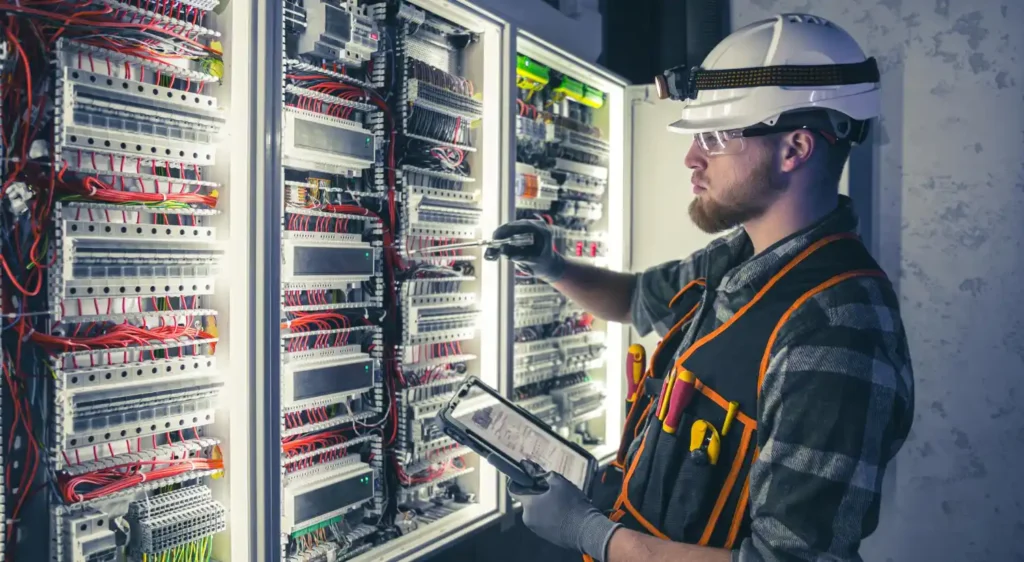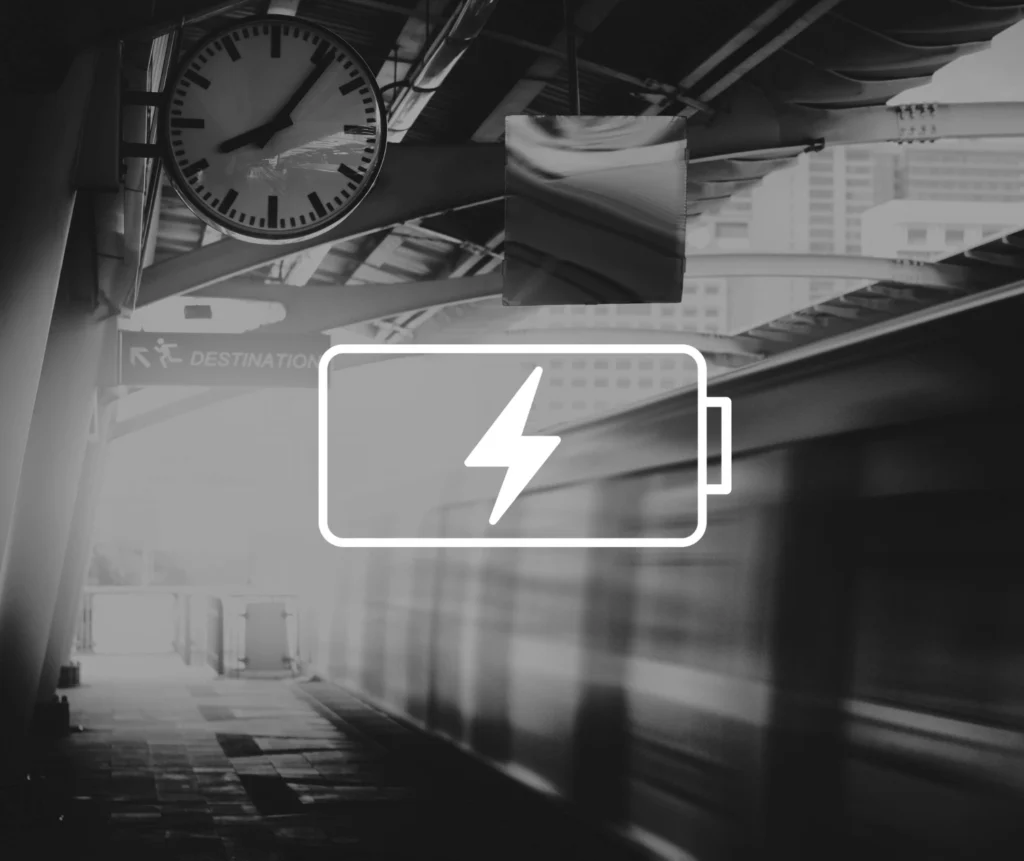A key criticism of heat networks is that they are natural monopolies. This is also the case for electricity distribution and gas and water networks, hence their regulated profits.
However, in the case of heat networks, not just the distribution, but the whole vertical is usually a monopoly. This is because most networks stand alone, making it extremely difficult to substitute one generator or one supplier for another.
While the sector is already delivering a new generation of low cost, highly efficient networks through the digitalisation of heat, price and service standard variance remains high, leading to dissatisfaction among some customers and housing providers.
Ground-breaking new schemes with extremely low heat losses offer little consolation to people living on legacy networks that are paying high bills and experiencing poor customer service.
If we are to create the best customer experience – and allow heat networks to fulfill their promise as a key means of decarbonising the UK economy – we must find ways to create more competition and improve transparency.
With this in mind, it’s essential that we give customers and heat network operators the option to change metering, billing and customer care provider.
For that to happen, we need to get real about unpicking the intertwined relationship between systems and service providers.
For each heat network scheme there is a capital cost of installing the heat meters and smart meter devices – and an ongoing cost associated with AMR, customer services and payment.
Historically, systems and services have been entangled – meaning operators are forced to take customer services from whoever supplied the hardware.
In this situation, changing service provider means ripping kit out of homes – which is very expensive and disruptive to customers.
It makes our industry less transparent and less competitive.
Changing service provider has recently become a hot topic within the heat network market, with sales presentations and marketing materials featuring loosely defined terms like open protocol, open access and transferability.
Regardless of terminology, the most important question is: can I quickly and cheaply change customer service provider if I want to?
Why is it important? Operators may want to change to another customer service provider if they feel that the current provider is not meeting the standards they require, or they decide to take the services in house which will give them greater control.
Ultimately, the ability to switch will future proof them against any market changes and allow them to act in the best interest of end users, while also driving up service standards across the industry.
Best of all there is already evidence of this working and having a positive impact.
Guru Systems was the first in the industry to open our PAYG and monitoring systems to a range of customer service providers way back in 2013.
Our systems allow operators to transfer between providers quickly and remotely, without the need for any work replacing hardware. This has given our clients the freedom to refocus their approach to heat networks around the needs of customers, rather than the limitations of a specific service provider.
It has been pleasing to see some players in the industry follow suit in recent years. But there’s a long way to go before we arrive at a place where all operators can change customer service providers quickly and cheaply.
In some cases, the technical details around how providers can access APIs and the costs associated with transferring them need to be clearer. That’s why we have published our APIs along with our list of partners.
We are taking strides to becoming a more open and transparent industry.
Questions for system providers to consider:
- Do you provide an API to allow others to operate your PAYG or monitoring systems?
- Is the API documentation published openly?
- What service providers have already integrated with and are making use of the API?
- What are the costs for API access?
- What are the costs for switching between providers?

